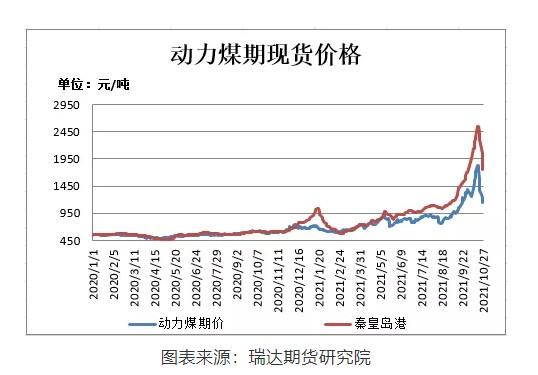股票动量指标计算公式
Understanding Stock Price Momentum
Stock price momentum refers to the tendency of a stock's price to continue moving in the same direction over a certain period of time. It is a concept widely studied and utilized in the field of finance and investment. In this discussion, we'll delve into the intricacies of stock price momentum, its significance, and how investors can utilize it to inform their investment decisions.
Stock price momentum is based on the idea that stocks that have performed well in the past will continue to perform well in the future, and vice versa. It is often measured by calculating the rate of change in a stock's price over a specific period, such as the past six months or one year. Stocks exhibiting positive momentum are those whose prices have been consistently rising, while those with negative momentum have seen declining prices.
Stock price momentum is significant for several reasons:
- Indicator of Market Sentiment: Momentum can reflect market sentiment and investor psychology. Strong positive momentum may indicate bullish sentiment, while negative momentum may signal bearish sentiment.
- Investment Strategy: Momentum investing strategies involve buying stocks with positive momentum and selling those with negative momentum, with the expectation that trends will continue in the short to medium term.
- Risk Management: Understanding momentum can help investors manage risk by avoiding stocks with negative momentum or incorporating momentum indicators into risk management models.
Several factors influence stock price momentum:
- Market Trends: Momentum tends to be stronger during bull markets when positive sentiment prevails, leading to upward price trends.
- Company Performance: Strong financial performance, positive earnings surprises, and other fundamental factors can contribute to positive momentum.
- Investor Behavior: Herd behavior and investor psychology play a significant role in driving momentum. When investors perceive a stock as performing well, they may flock to it, driving prices higher.
- External Events: News, economic data releases, geopolitical events, and other external factors can influence stock prices and momentum.

Investors can utilize stock price momentum in various ways:
- Momentum Trading: Investors can implement momentum trading strategies by buying stocks with positive momentum and shortselling those with negative momentum.
- Technical Analysis: Momentum indicators, such as moving averages, relative strength index (RSI), and MACD (Moving Average Convergence Divergence), are commonly used in technical analysis to identify trends and potential reversal points.
- Combining with Fundamental Analysis: Momentum can complement fundamental analysis by providing insights into market sentiment and shortterm price movements.
- Risk Management: Investors should be cautious of potential reversals in momentum trends and employ risk management techniques, such as setting stoploss orders and diversifying their portfolios.
Stock price momentum is a crucial concept in the world of finance and investment. Understanding how momentum works and the factors influencing it can help investors make informed decisions and manage risk effectively. Whether used in momentum trading strategies or combined with fundamental analysis, incorporating momentum analysis into investment approaches can enhance performance and mitigate downside risks.
股市动态
MORE>- 搜索
- 最近发表
-
- 充电桩概念股,新能源时代的投资机遇与挑战
- 江苏恩华药业,创新驱动下的医药行业领军者
- 探索西域的神秘与美丽,一次难忘的旅游体验
- 外地人在北京,如何聪明地为未来投保
- 建信核心精选,深入解析与投资策略
- 银华金利,投资新宠,财富增长的加速器
- 雷亚尔对人民币汇率,探究影响因素与投资策略
- 保护您的数字资产,了解和使用交易密码的重要性
- 探索浪潮软件股吧,投资者的社交网络与信息宝库
- 北京科兴生物,疫苗研发的先锋与全球健康的贡献者
- 中国中铁股票预测,投资前必读的深度分析
- 空港股份的腾飞,解读最新动态及其对您的影响
- 浪潮软件股吧,投资者的交流圣地与信息集散地
- 疫苗守护者,北京科兴生物如何守护我们的健康
- 中国中铁股票预测,洞察未来走势的艺术
- 省广集团,中国广告业的领军者与创新先锋
- 空港股份最新消息,洞察航空业的脉动
- 深入解析步森股份股票,投资价值与市场前景
- 网上买车险是否可靠?全面解析线上购买车险的利弊
- 明牌黄金,投资界的璀璨明珠





